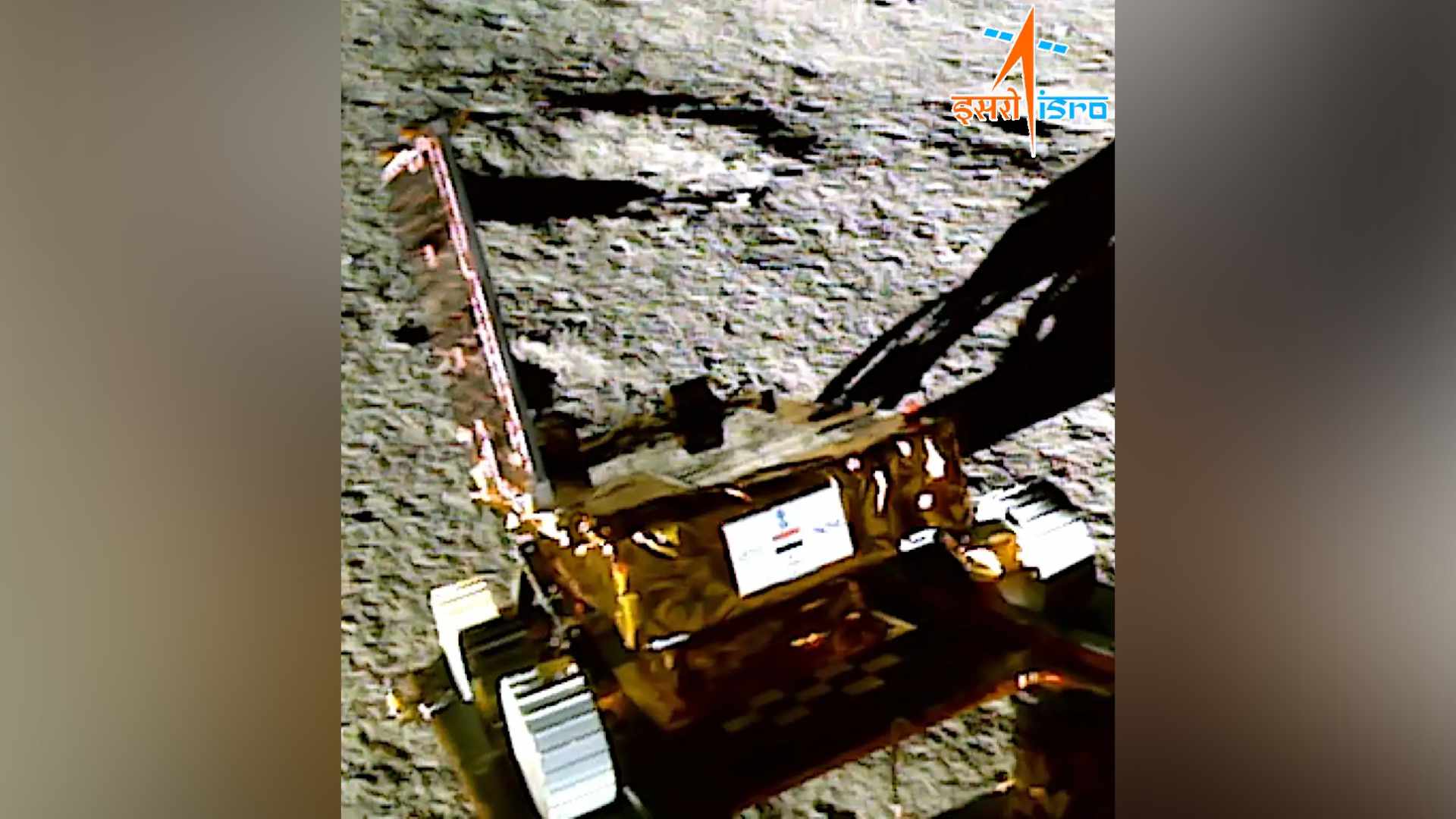The Indian mission Chandrayaan-3 carried out its first experiment: it took the temperature of the lunar soil at a very particular place. A world first, which made it possible to collect important data.
Just a few days after landing on the moon, India’s Chandrayaan-3 space mission is already hard at work. For his mission, which should last only 15 days, there is no time to lose and the scientists know it well. The third mission of the Chandrayaan program achieved a feat on August 27, 2023: it took the temperature of the ground near the south pole of the Moon, a world first which provides particularly important information.
The announcement was made on X (formerly Twitter) by ISRO, the Indian space agency. A tool on board the Vikram lander was able to measure ” the temperature profile of the lunar ground around the pole “, measures that will make it possible to “ understand the thermal behavior of the Moon’s surface “. The mission’s findings baffled scientists: temperatures between -10 degrees and 60 degrees Celsius were recorded.
Important observations for the future of lunar exploration?
Temperatures were measured by a temperature probe equipped with a controlled penetration mechanism capable of reaching a depth of 10 cm below the surface “. ISRO also states that the temperatures were taken at the surface of the Moon, and at different depths, while the probe was immersed in the ground.
The information collected is valuable for two reasons. First, as ISRO points out, “ this is the first such profile for the south pole of the Moon “. The south pole of the Moon, near which Chandrayaan-3 is placed, is a particularly difficult place to reach for space missions, especially for robots: the ground is covered with very imposing craters.
However, it is a crucial place for further space exploration: frozen water has been found in these craters. This water would contain very important information, which could lead to a better understanding of the origin of lunar volcanoes – scientists would therefore like to be able to analyze it further.
The South Pole is also seen as a promising location for human exploration of the Moon, and could serve as an “outpost” for astronauts. The presence of ice could allow future astronauts to have access to water, and also to produce hydrogen, to make fuel that would power future missions to Mars, and oxygen, to breathe.
Finally, the mountains near the South Pole being lit almost permanently, solar panels could be installed to produce energy. It is therefore a particularly strategic region for the future of space exploration, and studying the area is a priority.
The results collected by Chandrayaan-3 are also very interesting for a second reason: the researchers did not expect such figures. BHM Darukesha, an ISRO scientist, explained to Mashable that ” the temperature recorded was surprisingly high compared to initial forecasts “.
The team of scientists initially predicted a temperature range of between 20 and 30 degrees Celsius at the surface, writes Mashable. Finally, the figures are much higher, with a maximum recorded at 60 degrees above the ground. What disconcert the experts, and make the south pole of the Moon even more intriguing than it already was.
Subscribe to Numerama on Google News to not miss any news!
